For much of the 20th century, the Kylesku to Kylestrome ferry provided a vital and scenic crossing over Loch a’ Chàirn Bhàin in the far northwest of Scotland. Linking the small villages of Kylesku and Kylestrome, this short but essential route formed part of the main road network before the construction of the Kylesku Bridge in the 1980s.
A Lifeline in the Highlands
Located in Sutherland, the ferry was a key component of the A894 road, used by locals, tourists, commercial vehicles, and military traffic navigating the rugged and remote coastal landscape of the Scottish Highlands. The geography of the region, carved by lochs, mountains, and inlets, meant that reliable ferry services were often the only way to maintain road continuity.
The ferry operated across a narrow stretch of water, just over 300 metres wide, but the surrounding scenery—steep hillsides, deep sea lochs, and wide skies—made it one of the most picturesque short crossings in the country. It was particularly important for the communities of Assynt and Scourie, which would otherwise face lengthy detours via Lairg or Ullapool.
The Last Vessels and Operation
The final ferry to operate the crossing was the “Bonnie Lass,” a turntable ferry capable of carrying several cars at a time. A manually rotated deck allowed vehicles to drive on and off with minimal turnaround—a common feature of rural Highland ferries.
Operated by Highland Council (and earlier, by Ross and Cromarty County Council), the ferry ran year-round, weather permitting. It had a reputation for both reliability and charm, with its crew often doubling as local guides for curious passengers.
Closure and the Kylesku Bridge
The ferry service came to an end in July 1984, when the Kylesku Bridge officially opened. Designed with a graceful, sweeping concrete curve, the bridge instantly became a modern icon of Highland infrastructure and dramatically improved transport links in the region.

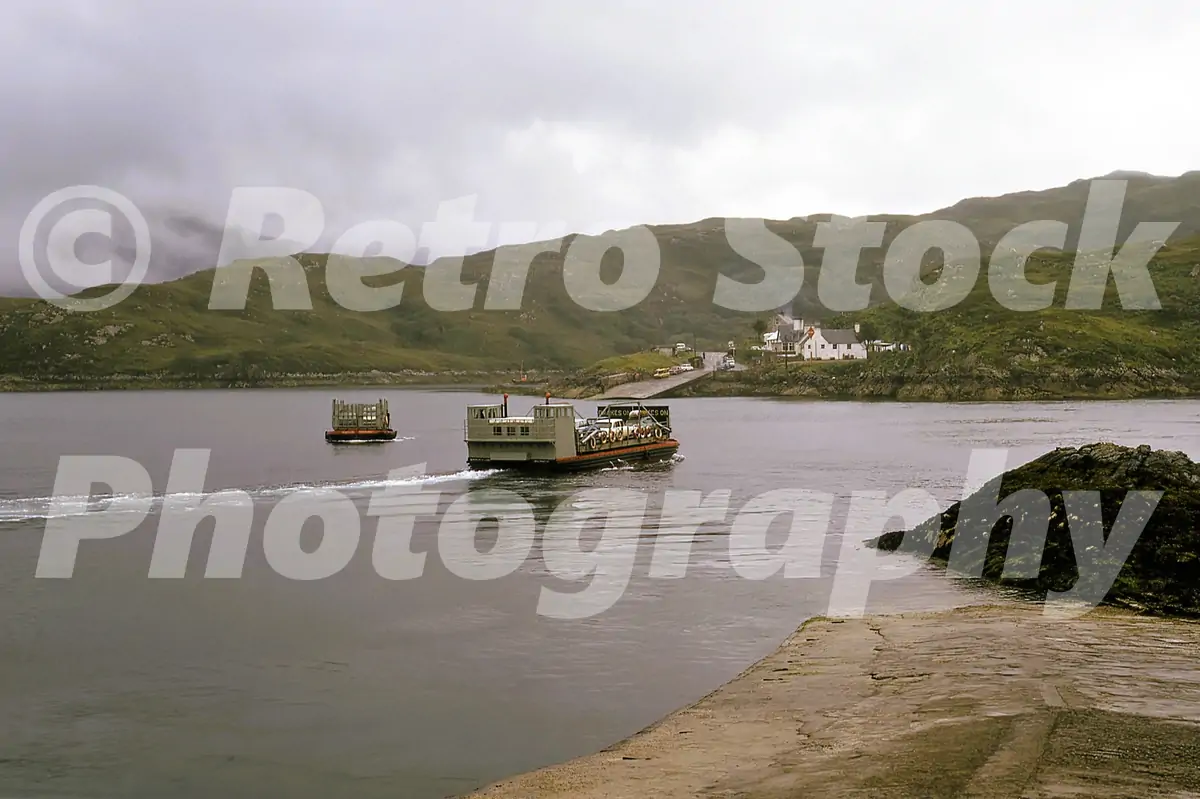
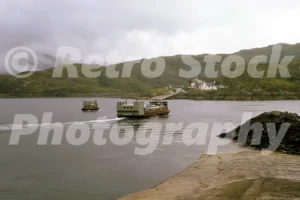
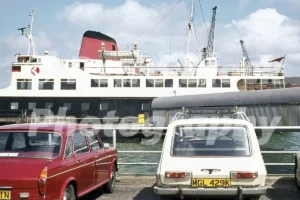
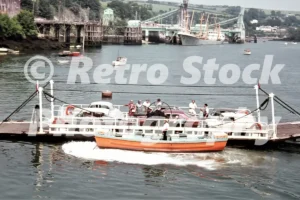
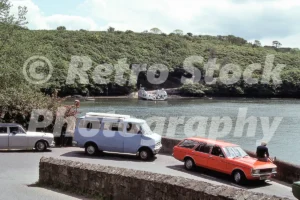
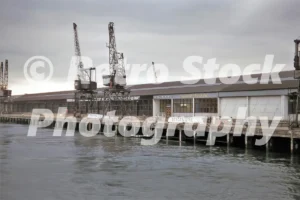
Reviews
There are no reviews yet.